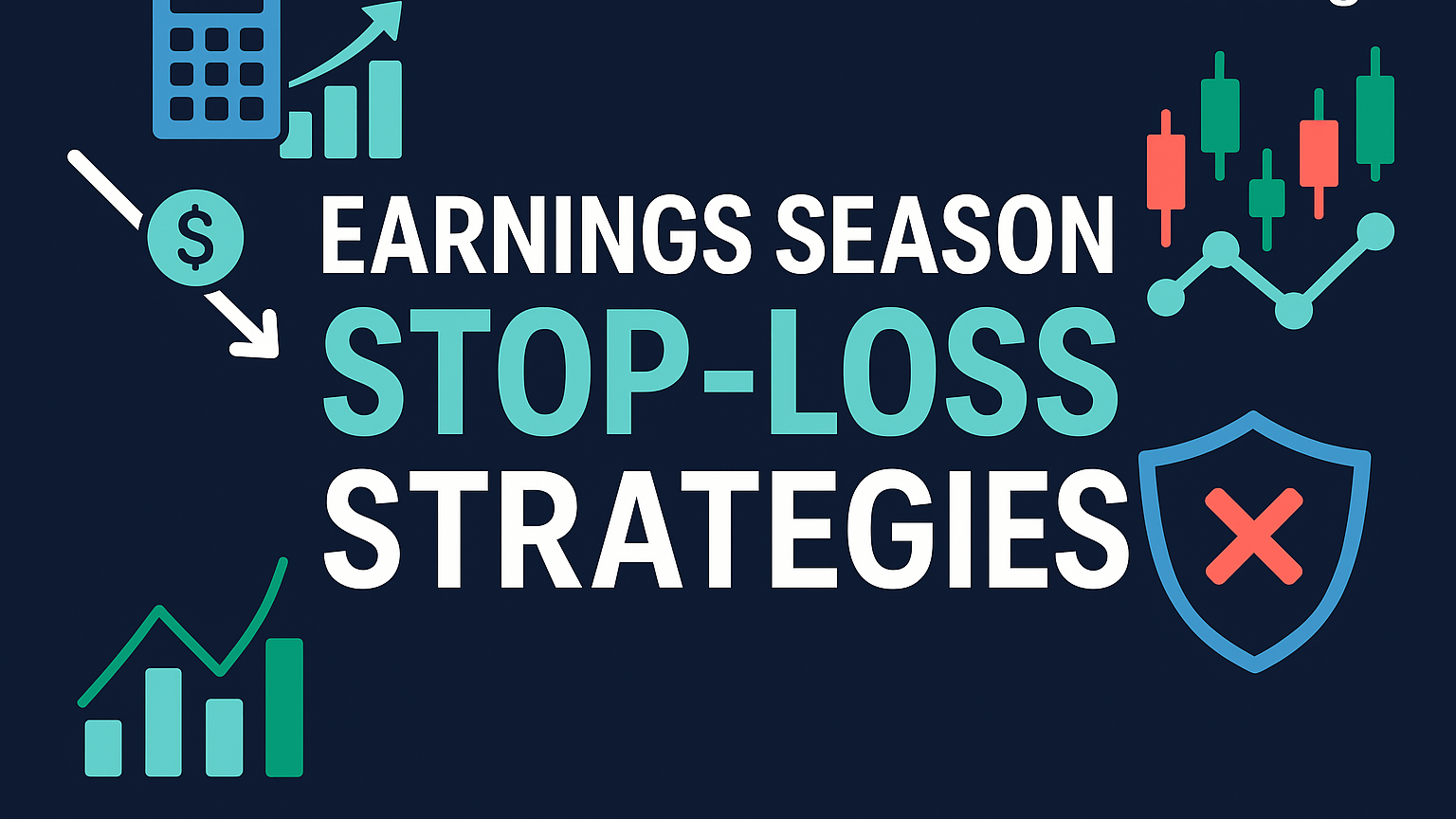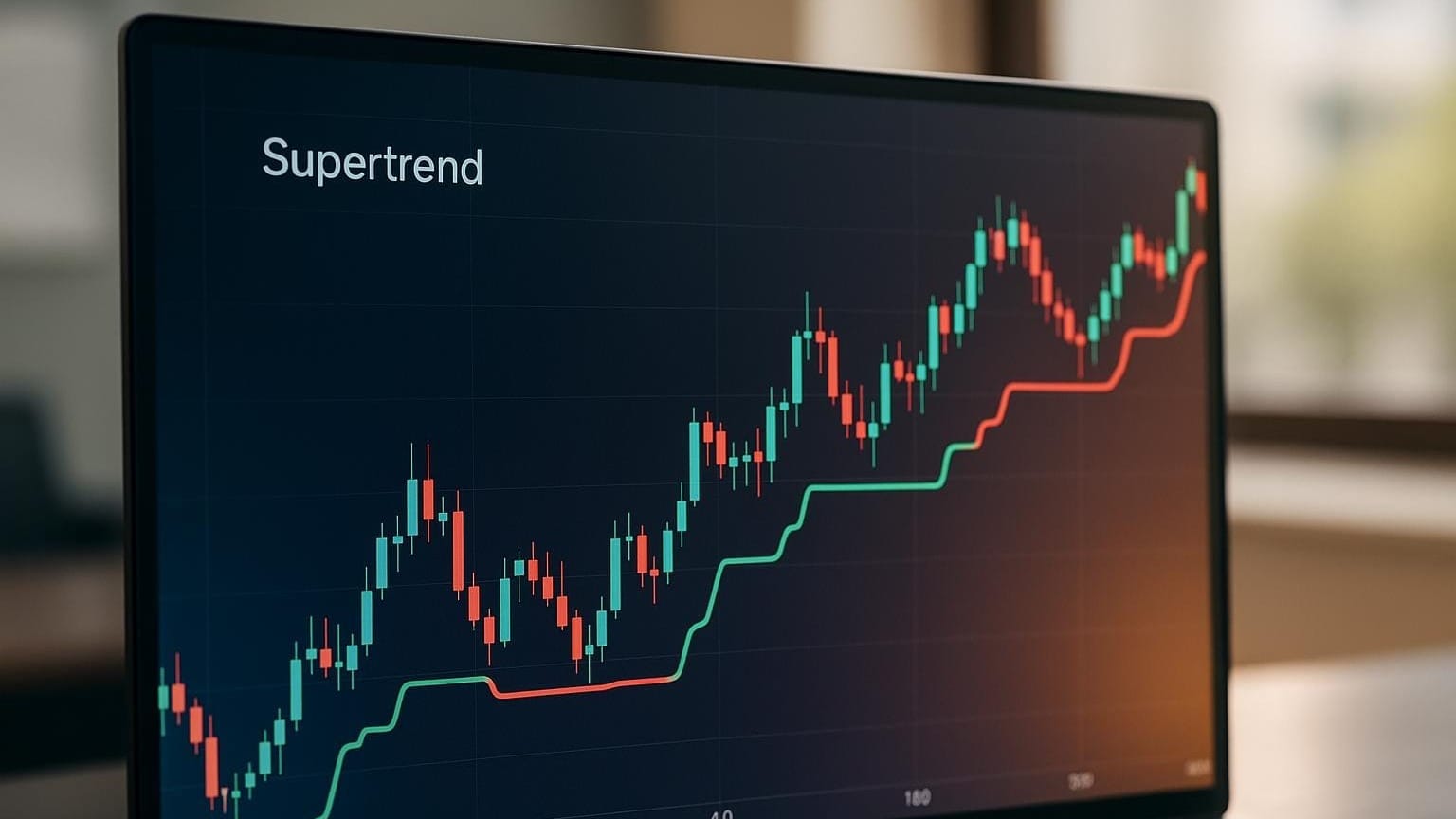Learn how overfitting affects trading strategies and discover effective methods to create robust, reliable trading systems.
Overfitting in trading happens when a strategy is overly tailored to historical data, mistaking random noise for actual patterns. This leads to great backtest results but poor real-world performance. Key causes include excessive parameter tweaking, biased data selection, and unnecessary complexity. To avoid overfitting, traders should simplify models, validate strategies with fresh data, and use advanced testing methods like walk-forward analysis and Monte Carlo simulations.
Key Points:
- Why it matters: Overfitting can lead to financial losses, wasted resources, and unreliable strategies.
- Warning signs: Parameter sensitivity, dependency on specific market conditions, and poor out-of-sample performance.
- Solutions: Simplify strategies, use proper testing techniques, and leverage the LuxAlgo platform for validation.
Quick Tip: Focus on simplicity and real market behavior to create robust trading strategies.
Optimizing Trading Strategies without Overfitting
Main Causes of Overfitting
Overfitting in trading systems often stems from three main issues: excessive parameter tweaking, biased data selection, and unnecessary complexity.
The most common culprit is excessive parameter optimization. Developers often fall into the trap of endlessly fine-tuning parameters to achieve flawless historical results. For instance, turning a simple two-parameter strategy into one with dozens of indicators significantly increases the risk of overfitting.
Another major factor is data selection bias. Research from AQR Capital Management found that a moving average strategy's Sharpe ratio plummeted from 1.2 to -0.2 when tested on fresh data [1]. This shows how cherry-picking data can create strategies that fail in real-world scenarios.
Finally, unnecessary complexity adds to the problem. Machine learning models, while powerful, often crumble in live trading despite showing strong backtest results [1].
These causes often reveal themselves through clear warning signs:
| Warning Sign | Description | Impact |
|---|---|---|
| Parameter Sensitivity | Small parameter tweaks lead to big performance shifts | Suggests instability in the strategy |
| Market Condition Dependency | Works only under specific market conditions | Breaks down when conditions change |
| Complex Rule Sets | Relies on intricate trade entry/exit rules | Hard to validate and maintain |
| Inconsistent Asset Performance | Excels on one asset but fails on similar ones | Highlights weak underlying logic |
Another red flag is poor out-of-sample performance. A 2014 study found that 44% of published trading strategies couldn't replicate their success when applied to new data [1]. Additionally, strategies with overly complicated rules and no clear economic reasoning often end up modeling noise instead of meaningful patterns [3].
Problems Caused by Overfitting
Overfitting causes major challenges by creating strategies that seem flawless during testing but fall apart under real market conditions.
Poor Real Market Results
One of the biggest downsides of overfitting is the stark contrast between backtesting and live trading performance. Strategies that look great on paper often fail when exposed to actual market dynamics:
| Impact Area | Backtested Performance | Live Trading |
|---|---|---|
| Returns | High profits | Unstable or negative returns |
| Risk Profile | Low risk | Large, unexpected drawdowns |
| Trade Frequency | Efficient execution | Overtrading with high costs |
| Market Adaptation | Perfect timing | Delayed or incorrect signals |
A dramatic example of this is Knight Capital, which lost $440 million in just 45 minutes during the 2012 deployment of an overfitted algorithm [5].
Time and Money Losses
The financial and operational fallout from overfitting goes beyond trading losses. It drains resources in multiple ways:
Direct Financial Losses:
- Capital depletion from repeated small losses
- Higher transaction costs due to excessive trades
- Increased slippage from frequent position adjustments
- Risk breaches from unexpected drawdowns
Operational Costs:
- Hours of wasted development and computing resources
- Missed chances to implement better strategies
- Damage to professional credibility after strategy failures
This cycle of over-optimization often leads to traders repeatedly tweaking failing strategies, only to face more losses. A study in the Journal of Behavioral Finance highlights this, showing six-figure losses caused by this destructive pattern [5].
Finding and Stopping Overfitting
Addressing overfitting requires thorough testing and carefully applied constraints, focusing on the root causes discussed earlier.
Testing Methods
One effective way to spot overfitting is walk-forward analysis. This method systematically tests a strategy across various time periods to ensure it performs consistently.
Another useful approach is Monte Carlo simulations, which evaluate strategy performance by simulating randomized market scenarios. These tests help uncover weaknesses that might not appear in traditional backtesting.
Prevention Guidelines
To avoid overfitting, follow these key practices:
- Simplify your models: Avoid making them overly complex or sensitive to minor changes.
- Validate with fresh data: Set aside 30% of your data for out-of-sample testing [2].
- Use regularization: This helps reduce unnecessary complexity.
- Base rules on real market behaviors: Avoid assumptions that aren't grounded in observable patterns.
Strategy Design Tips:
- Stick to simple models with fewer parameters.
- Focus on longer timeframes to filter out market noise.
- Build rules around actual, observable market trends.
Testing Best Practices:
- Always reserve at least 30% of historical data for validation [2].
- Incorporate proper position sizing and risk management.
- Apply regularization techniques to keep machine learning models from becoming overly intricate.
For a more automated solution, the LuxAlgo platform's AI Backtesting Assistant can be incredibly helpful. It uses statistical measures to detect overfitting, giving you a more efficient way to validate your strategies.
Software for Better Strategy Testing
Traders are turning to specialized platforms to refine their strategies with rigorous testing protocols. These platforms include stress-testing features designed to identify overfitting risks, helping traders create strategies that can hold up in various market conditions.
Modern Testing Tools
A survey by Aite Group found that 65% of institutional traders now use specialized backtesting software to develop their strategies [1]. These platforms tackle overfitting with built-in features like walk-forward analysis and Monte Carlo simulations. Some standout capabilities include:
- Advanced simulation tools: These account for realistic transaction costs and slippage, ensuring strategies aren't overly reliant on small price fluctuations [4].
- Statistical analysis features: These help determine whether strategy results are meaningful or simply due to random chance [7].
LuxAlgo Platform Strategy Testing
LuxAlgo is a great example of how modern platforms address overfitting. Their platform offers:
- AI-driven parameter optimization, multi-timeframe robustness checks, and visual tools to filter out noise.
- A deep optimization engine to fine-tune signal settings.
- Three specialized complimentary backtesters tailored for different types of strategies.
LuxAlgo integrates seamlessly with TradingView, making it easier to validate strategies. It also excels at analyzing alternative data sources while using machine learning to filter market noise, ensuring strategies remain effective [6].
Conclusion
Validating trading strategies effectively means combining thorough testing with advanced platforms. Here are the key insights:
Key Points
- Overfitting poses a major challenge in strategy creation, often leading to systems that fail in real-world markets.
- Modern validation platforms help traders separate genuine market patterns from random noise using advanced analysis methods.
Steps to Address Overfitting
- Use techniques like walk-forward analysis and Monte Carlo simulations to test strategies [3].
- Focus parameter optimization on only the most important indicators [2].
- Leverage AI-based platforms to filter out market noise.
- Schedule regular reviews using the testing methods discussed earlier.
FAQs
What is overfitting in algo trading?
Overfitting happens when trading systems focus too much on historical noise instead of recognizing actual market patterns. This often leads to strategies that perform well in backtests but fail during live trading.
Common signs of overfitting include extreme sensitivity to parameter changes. These strategies tend to struggle when faced with new market conditions, where their performance usually drops off sharply.
Studies indicate that overfitting is more common in overly complex strategies that attempt to manage too many variables. This is why simpler approaches often deliver better results in live trading environments.
Tools like LuxAlgo's complimentary backtesters can spot parameter sensitivity by running multi-condition tests. These methods work alongside the automated solutions discussed in the Software section to detect and address overfitting issues.
References
- AQR Capital Management
- Avoiding Overfitting in Algorithmic Trading
- Understanding Overfitting in Trading Strategy Development
- Knight Capital Trading Mishap
- Overfitting in Trading
- Aite Group Trading Survey
- Curve Fitting in Trading
- Overfitting and Its Impact on the Investor
- TradingView
- LuxAlgo AI Backtesting Assistant
- LuxAlgo Complimentary Backtesters








